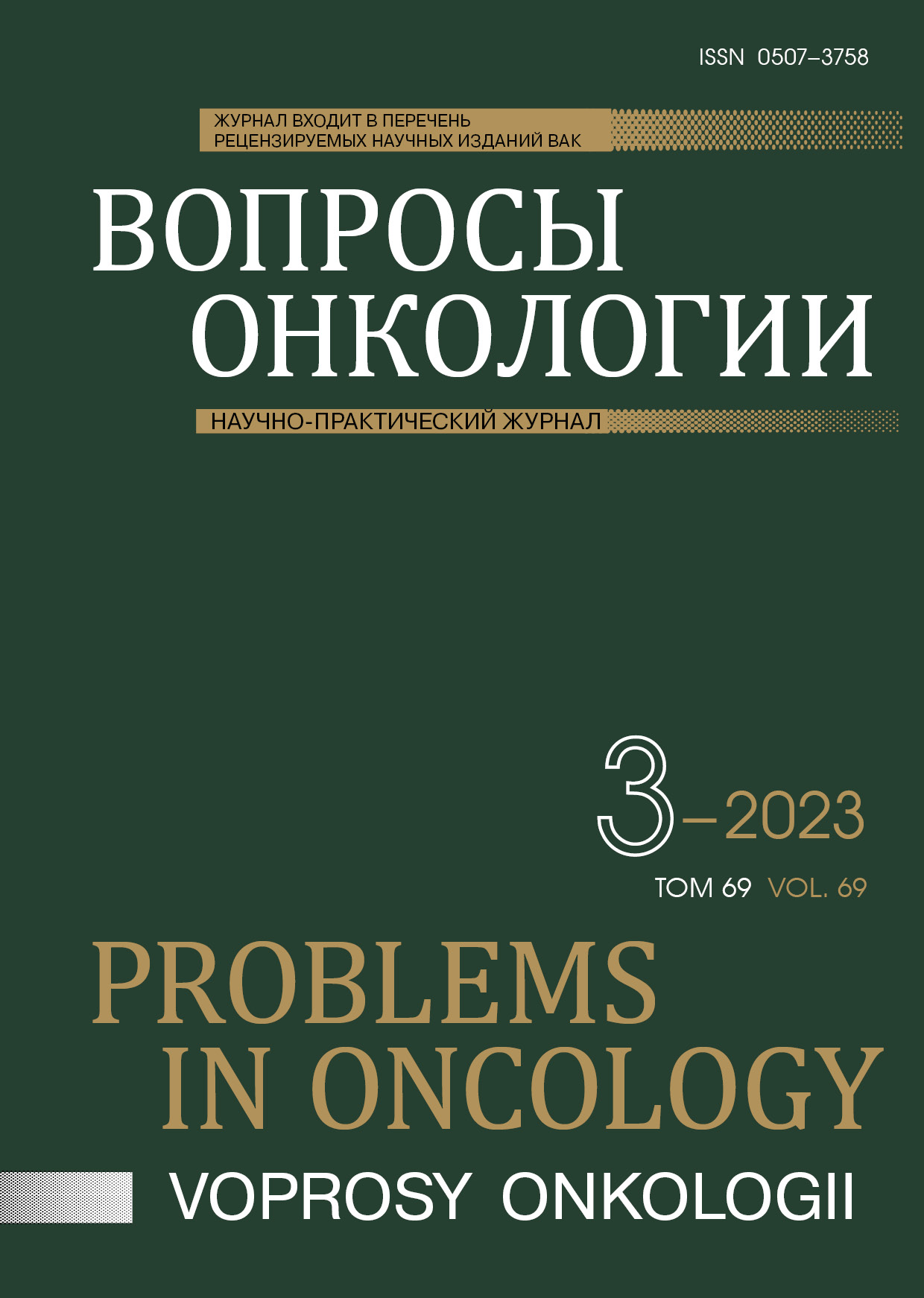摘要
Purpose: Cardiopulmonary resuscitation (CPR) in end-of-life and critical patients, specifically cancer in hospitals, often faces a dilemma between resuscitation or non-resuscitation. This study will determine the predictors of resuscitation failure for cancer patients by expert agreement.
Materials and Methods: Predictor’s variables were collected from review 20 research journals based on cancer patients who expired and were not successfully resuscitated. From 20 research journal, we found only 11 articles that mentioned the variables involved in resuscitation failure and death in cancer patients. To find out which predictors occur the most in Indonesia, we asked 5 expert palliative anesthesiologists as an expert from a palliative center hospital in Indonesia to choose the predictor that relate to resuscitation failure. To measure the agreement, we use Fleiss–Kappa statistic method with SPSS software ver. 20.
Results: Based on the agreement of the experts (k >0.8), eight of 44 predictors were noted for cardiopulmonary resuscitation failure in cancer patients that are expected to occur in Indonesia, namely: AIDS (acquired immunodeficiency syndrome), CPR > 15′, non-recovery of heart rate after CPR >20 min, electrocardiogram (ECG) rhythm asystole, early coma, hepatic insufficiency, non-shockable heart rhythm, and pulseless electrical activity (PEA).
Conclusions: Experts agree that AIDS, CPR >15′, non-recovery of heart rate after CPR >20 min, ECG asystole rhythm, early coma, hepatic insufficiency, non-shockable heart rhythm, and PEA are dominant predictors for CPR failure in cancer patients.
参考
Ferlay J, Ervik M, Lam F, et al. (2020). Global Cancer Observatory: Cancer Today. Lyon, France: International Agency for Research on Cancer. Available from: https://gco.iarc.fr/today [accessed 05.12.2022].
Sung H, Ferlay J, Siegel RL, et al. Global cancer statistics 2020: GLOBOCAN estimates of incidence and mortality worldwide for 36 cancers in 185 countries. CA Cancer J Clin. 2021. doi:10.3322/caac.21660.
Kjorstad OJ, Haugen DF. Cardiopulmonary resuscitation in palliative care cancer patients. Tidsskr Nor Laegeforen. 2013;133(4):41721. doi:10.4045/tidsskr.12.0378.
Giza DE, Graham J, Donisan T, et al. Impact of cardiopulmonary resuscitation on survival in cancer patients: do not resuscitate before or after CPR? JACC Cardio Oncol. 2020;2(2):359362. doi:10.1016/j.jaccao.2020.03.003.
Reisfield GM, Wallace SK, Munsell MF, et al. Survival in cancer patients undergoing in-hospital cardiopulmonary resuscitation: a meta-analysis. Resuscitation. 2006;71(2):15260. doi:10.1016/j.resuscitation.2006.02.022.
Myrianthefs P, Batistaki C, Baltopoulos G. Cardiopulmonary resuscitation in end-stage cancer patients. J BUON Off J Balk Union Oncol. 2010;15(1):25–8.
Sehatzadeh S. Cardiopulmonary resuscitation in patients with terminal illness: an evidence-based analysis. Ont Health Technol Assess Ser. 2014;14(15):1–38.
Oh CM, Lee D, Kong HJ, et al. Causes of death among cancer patients in the era of cancer survivorship in Korea: Attention to the suicide and cardiovascular mortality. Cancer Med. 2020;9(5):17411752. doi:10.1002/cam4.2813.
Miller AH, Sandoval M, Wattana M, et al. Cardiopulmonary resuscitation outcomes in a cancer center emergency department. Springerplus. 2015;4:106. doi:10.1186/s40064-015-0884-z.
Ebell MH, Afonso AM. Pre-arrest predictors of failure to survive after in-hospital cardiopulmonary resuscitation: a meta-analysis. Fam Pract. 2011;28(5):50515. doi:10.1093/fampra/cmr023.
Schnell D, Besset S, Lengliné E, et al. Impact of a recent chemotherapy on the duration and intensity of the norepinephrine support during septic shock. Shock. 2013;39(2):13843. doi:10.1097/SHK.0b013e3182810a0f.
Khasawneh FA, Kamel MT, Abu-Zaid MI. Predictors of cardiopulmonary arrest outcome in a comprehensive cancer center intensive care unit. Scand J Trauma Resusc Emerg Med. 2013;21:18. doi:10.1186/1757-7241-21-18.
Li Y, Chen X, Shen Z, et al. Electrolyte and acid-base disorders in cancer patients and its impact on clinical outcomes: evidence from a real-world study in China. Ren Fail. 2020;42(1):234243. doi:10.1080/0886022X.2020.1735417.
Limpawattana P, Aungsakul W, Suraditnan C, et al. Long-term outcomes and predictors of survival after cardiopulmonary resuscitation for in-hospital cardiac arrest in a tertiary care hospital in Thailand. Ther Clin Risk Manag. 2018;14:583589. doi:10.2147/TCRM.S157483.
Skogvoll E, Nordseth T. The early minutes of in-hospital cardiac arrest: shock or CPR? A population based prospective study. Scand J Trauma Resusc Emerg Med. 2008;16:11. doi:10.1186/1757-7241-16-11.
Lee MR, Yu KL, Kuo HY, et al. Outcome of stage IV cancer patients receiving in-hospital cardiopulmonary resuscitation: a population-based cohort study. Sci Rep. 2019;9(1):9478. doi:10.1038/s41598-019-45977-4.
Hartling L, Hamm M, Milne A, et al. AHRQ Methods for Effective Health Care. Validity and Inter-Rater Reliability Testing of Quality Assessment Instruments. Rockville (MD): Agency for Healthcare Research and Quality (US); 2012. URL: https://www.ncbi.nlm.nih.gov/books/NBK92293/ [accessed 05.12.2023].
Olasveengen TM, Samdal M, Steen PA, Wik L, Sunde K. Progressing from initial non-shockable rhythms to a shockable rhythm is associated with improved outcome after out-of-hospital cardiac arrest. Resuscitation. 2009;80(1):249. doi:10.1016/j.resuscitation.2008.09.003.
Israel CW. Mechanisms of sudden cardiac death. Indian Heart J. 2014;66 Suppl 1(Suppl 1):S107. doi:10.1016/j.ihj.2014.01.005.
Benjamin EJ, Virani SS, Callaway CW, Chamberlain AM, Chang AR, Cheng S, et al. Heart Disease and Stroke Statistics-2018 Update: A Report From the American Heart Association. Circulation. 2018;137(12):e67e492. doi:10.1161/CIR.0000000000000558.
Virkkunen I, Paasio L, Ryynänen S, et al. Pulseless electrical activity and unsuccessful out-of-hospital resuscitation: what is the cause of death? Resuscitation. 2008;77(2):20710. doi:10.1016/j.resuscitation.2007.12.006.
Parish DC, Goyal H, Dane FC. Mechanism of death: there's more to it than sudden cardiac arrest. Journal of thoracic disease. 2018;10(5):30817. doi:10.21037/jtd.2018.04.113.
Hasanpour Dehkordi A, Sarokhani D, Ghafari M, Mikelani M, Mahmoodnia L. Effect of palliative care on quality of life and survival after cardiopulmonary resuscitation: A Systematic Review. International journal of preventive medicine. 2019;10:147. doi:10.4103/ijpvm.IJPVM_191_18.
Oud L. In-hospital cardiopulmonary resuscitation of patients with human immunodeficiency virus infection: a population-based cohort study of epidemiology and outcomes. J Clin Med Res. 2020;12(4):233242. doi:10.14740/jocmr4108.
Raviglione MC, Battan R, Taranta A. Cardiopulmonary resuscitation in patients with the acquired immunodeficiency syndrome. A prospective study. Arch Intern Med. 1988;148(12):2602–5.
Hernández-Ramírez RU, Shiels MS, Dubrow R, et al. Cancer risk in HIV-infected people in the USA from 1996 to 2012: a population-based, registry-linkage study. Lancet HIV. 2017;4(11):e495e504. doi:10.1016/S2352-3018(17)30125-X.
Diamond JR, Finlayson CA, Borges VF. Hepatic complications of breast cancer. The Lancet Oncology. 2009;10(6):61521. doi:10.1016/S1470-2045(09)70029-4.
Alvarez AM, Mukherjee D. Liver abnormalities in cardiac diseases and heart failure. The International journal of angiology: official publication of the International College of Angiology, Inc. 2011;20(3):13542. doi:10.1055/s-0031-1284434.

This work is licensed under a Creative Commons Attribution-NonCommercial-NoDerivatives 4.0 International License.
© АННМО «Вопросы онкологии», Copyright (c) 2023
